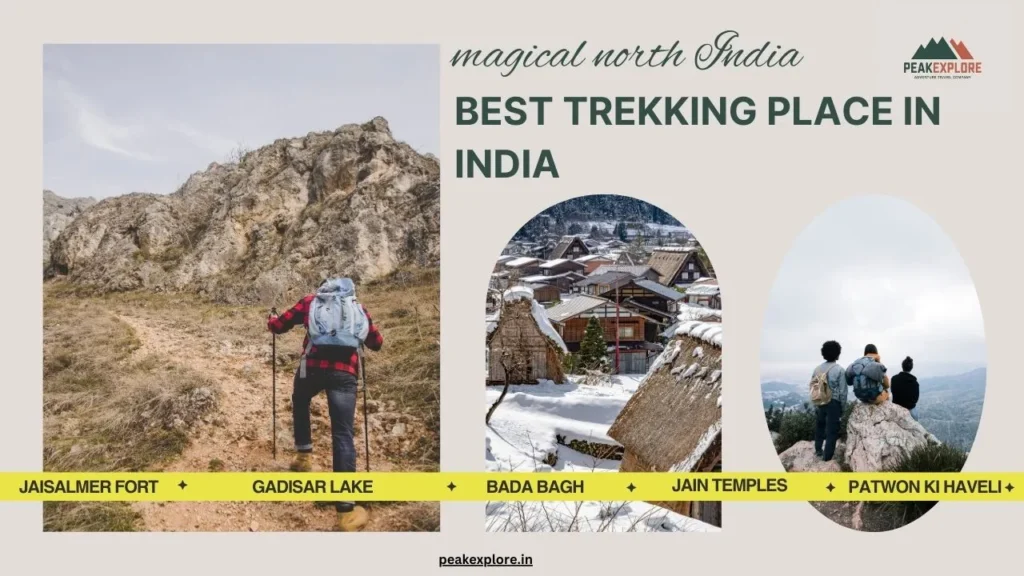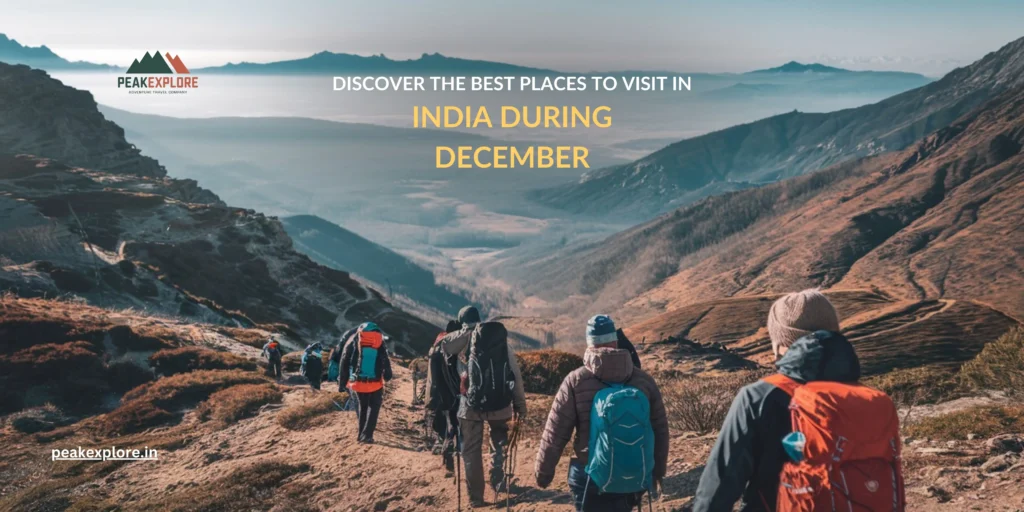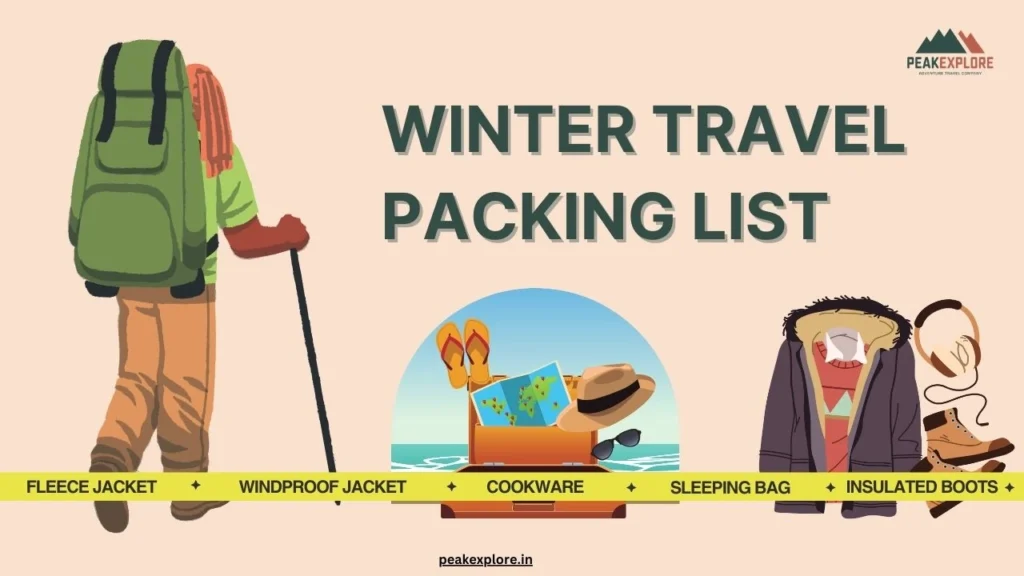
Are you preparing for your first camping trip in winter? If so, you’re in to embark on an adventure filled with breathtaking snow-covered landscapes and crisp air, and the exhilarating experience of living in the wilderness. However, before you set off be aware that winter camping has the challenges that come with it.
The most important thing to consider is staying warm, safe and cozy in freezing temperatures. It is essential to avoid hypothermia, frostbite, or discomfort due to cold.
This comprehensive guide will cover everything you’ll need to prepare for the first time on a winter camping adventure, including shelter and clothing, food items as well as safety equipment and professional advice. With this list, you’ll be ready for a memorable and safe adventure in the harsh winter weather.
1. Shelter: Your Winter Haven
Four-Season Tent
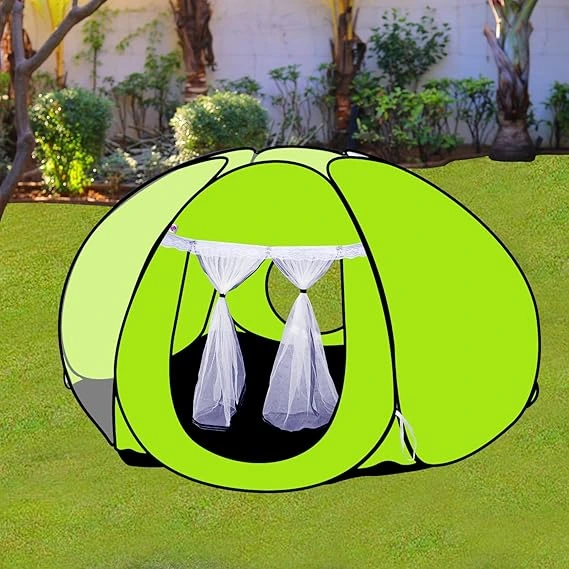

The four season tent is essential to go camping in winter. In contrast to three-season tents they are built to stand up to extreme conditions such as snow, strong winds, and frigid temperatures.
Features to Look For:
- Carbon fiber or strong aluminum poles to ensure stability
- Reinforced fabric for strength
- A rainfly that prevents snow from getting inside the tent
- Panels for ventilation to prevent the risk of condensation
Pro Tip: Select the tent that has an entrance to store your belongings and keep snow from your sleeping space.
Ground Tarp
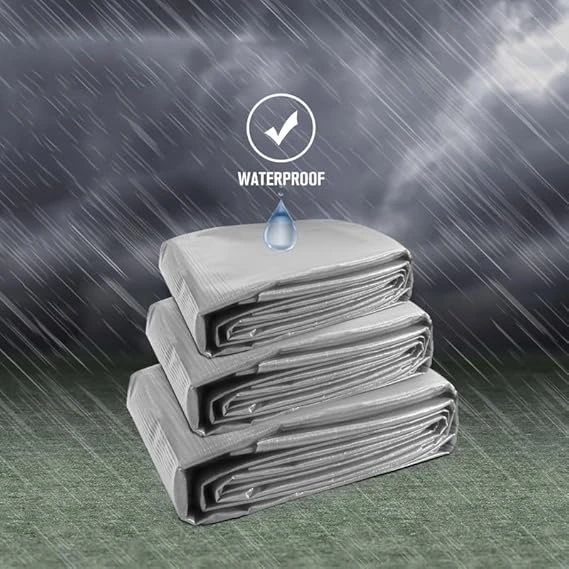

An impervious ground-tarp (also known as footprint) is put beneath the tent to block the water from getting in. The floor of your tent stays dry and adds an insulation layer.
2. Sleeping Essentials: Stay Warm Through the Night
Sleeping Bag (Rated for Sub-Zero Temps)


Buy an appropriate sleeping bag for temperatures that are below zero. A sleeping bag with a temperature of 10degF (-23degC) or less is the ideal choice when you are camping during winter.
Types:
- Sleeping bags filled with down – lighter and warmer, but they less insulation when wet.
- Synthetic sleeping bags – Retain warmth even when damp but bulkier.
Pro Tip: Keep the sleeping bag inside a dry bag during the day to avoid it from becoming wet.
Sleeping Pad (High R-Value)


A sleeping pad that is insulated stops heating loss from the floor. Find one with an R-value of at least 4 to get greater insulation.
Blanket
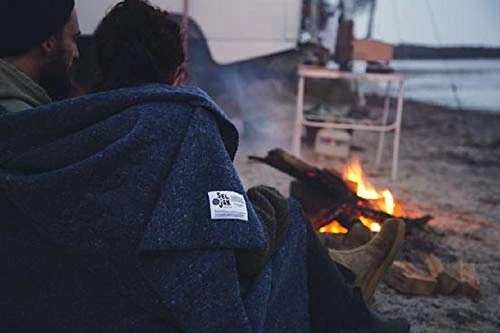

A small Emergency blanket (also known as space blanket) is a lifesaver when temperatures are extremely cold temperatures, offering extra insulation and warmth.
3. Clothing: Layer Up for the Cold
Layering your clothes is crucial to ensure you stay dry and warm.
Base Layer


The base layer should be close to your skin and will help to wick away moisture and keep your skin dry. Top materials: Merino wool, synthetic or. Beware of cotton (it absorbs moisture and can lead to loss of heat).
Mid Layer (Insulating Fleece or Down Jacket)
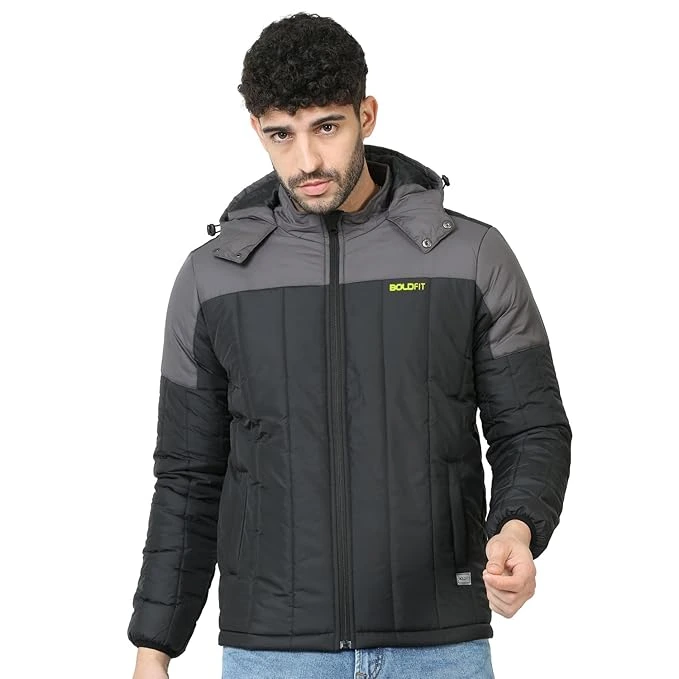

The mid-layer encapsulates body heat and functions as an insulation.
Options:
- Jackets and pants made of fleece
- Jackets for down (lightweight as well as warm)
Outer Layer (Waterproof and Windproof)


Your outer layer shields you from snow as well as wind and water.
Must-Have Features:
- Fabric breathable and waterproof. (GORE-TEX suggested)
- Design that is windproof and insulated
Accessories: Gloves, Hats, and Wool Socks
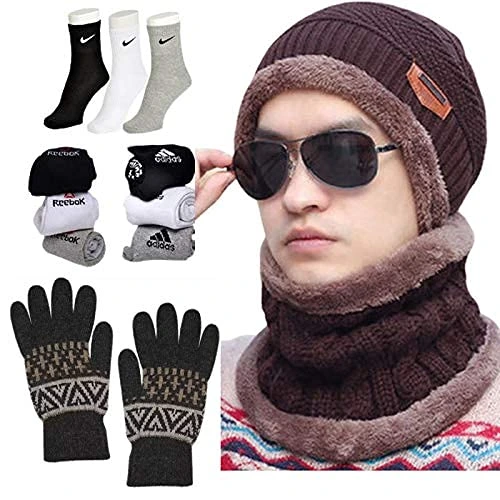

Extreme cold can ruin your journey.
Pack:
- Gloves with insulation (waterproof as well as thermal)
- Hats with thermal properties (wool or fleece)
- Socks made of wool (thick as well as moisture-wicking)
Pro Tip: Always bring additional socks and gloves in the event that they get wet.
4. Cooking Gear: Warm Meals in the Wilderness
Portable Stove (Liquid Fuel)


A liquid fuel stove works better in colder temperatures as compared to a gas stove.
Lightweight Cookware
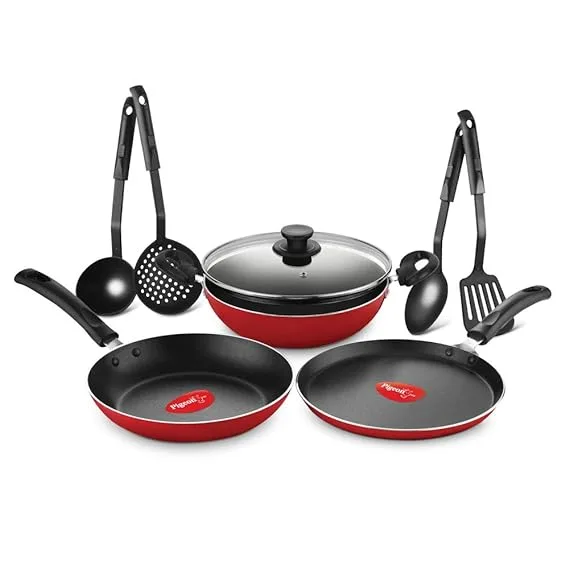

Make sure to pack lightweight but durable cookware such as pan, pot, and other utensils.
Insulated Water Bottle


Stops freezing of water over night.
High-Calorie Foods
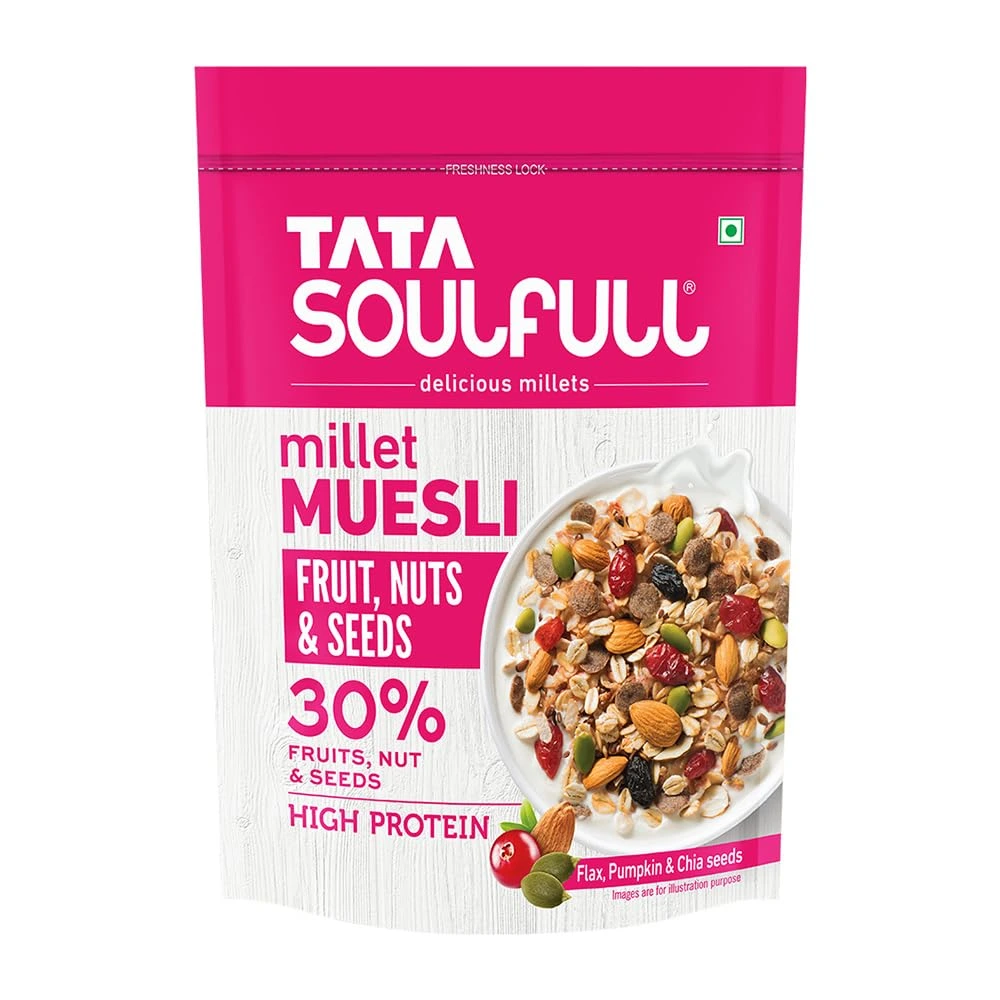

Eat a diet high in energy to keep body temperature.
The best options are:
- Meals that are dehydrated
- Protein bars and nuts
- Pasta and soup of the moment
Pro Tips: Melt snow to make drinkable water but make sure to cleanse it first.
5. Navigation Tools: Finding Your Way
Map and Compass


Use a paper map and compass for backup for electronic navigation.
GPS Device


It is useful for locating your travel route, but have a map of the traditional type as well.
Headlamp (With Extra Batteries)


A hands-free source of light is vital for night-time navigation.
6. Safety and Emergency Equipment: Be Prepared
First Aid Kit
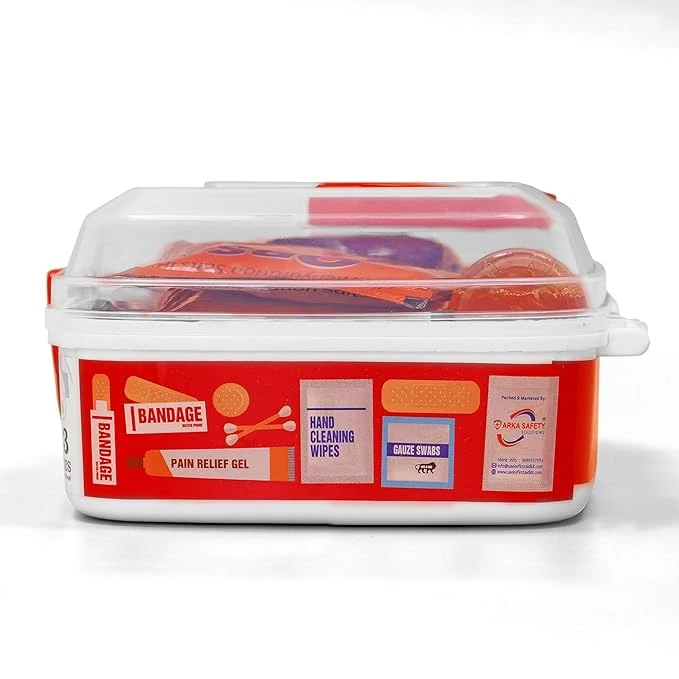

A kit of first aid that is well-stocked should contain:
- Antiseptics and bandages
- Cold-weather-specific items (hand warmers, blister treatment)
Fire Starter Kit
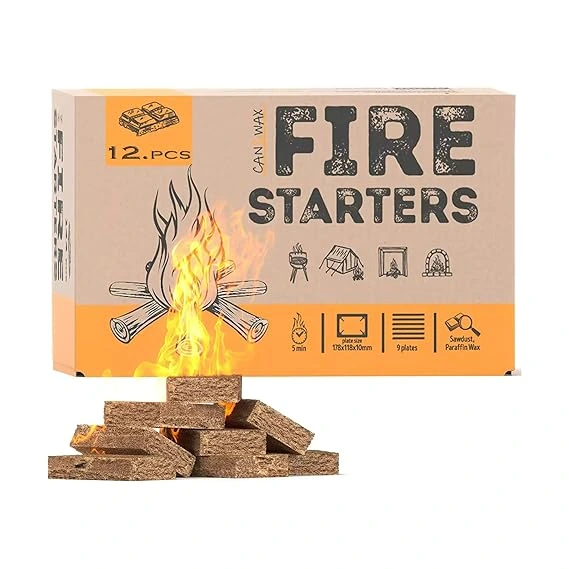

Bring a flashlight, matches that are waterproof and fire starters.
Multi-Tool or Knife


An all-purpose tool for food prep, repairs as well as emergencies.
Pro Tips: Always inform someone about your travel plans before setting out.
Pro Tips for Winter Camping
- Drink plenty of water – Dehydration can increase the chance of suffering from hypothermia.
- Be aware of the weather conditions ahead of your travel.
- Make sure your feet are dry to avoid frostbite.
- Change into dry clothes before sleeping.
- Make sure you have extra socks and gloves.
FAQs
Q1: What’s the most suitable winter tent for camping?
A tent that is four seasons offers the best insulation and resistance to wind.
Q2: How can keep the water I drink from freezing?
Use a water bottle that is insulated and keep the bottle in your bag to sleep in the evening.
Q3: What foods should I take with me?
Fast-food meals that are high in calories, such as instant soup pasta, protein bars, pasta and dried fruit.
Q4: How can I stay warm during my sleep?
Make use of an warm sleeping bag that is insulated or a mattress, as well as dress in dry layers.
Conclusion
With the perfect winter packing list You’re now ready to experience a memorable camping trip! For more helpful travel advice join our monthly newsletter, and be sure to keep us in touch on Instagram!

